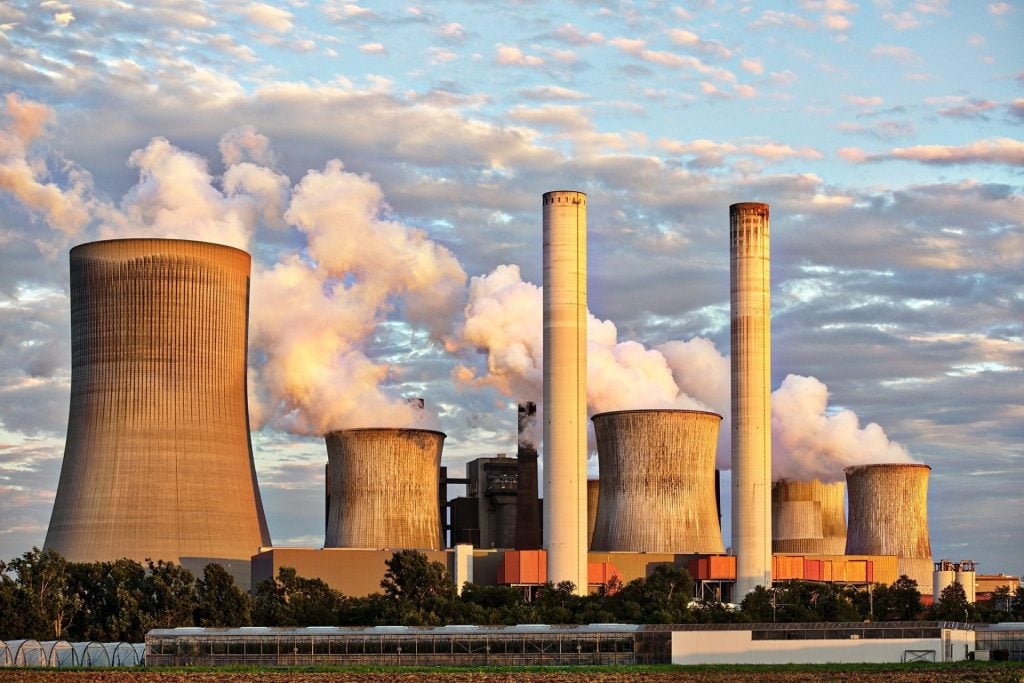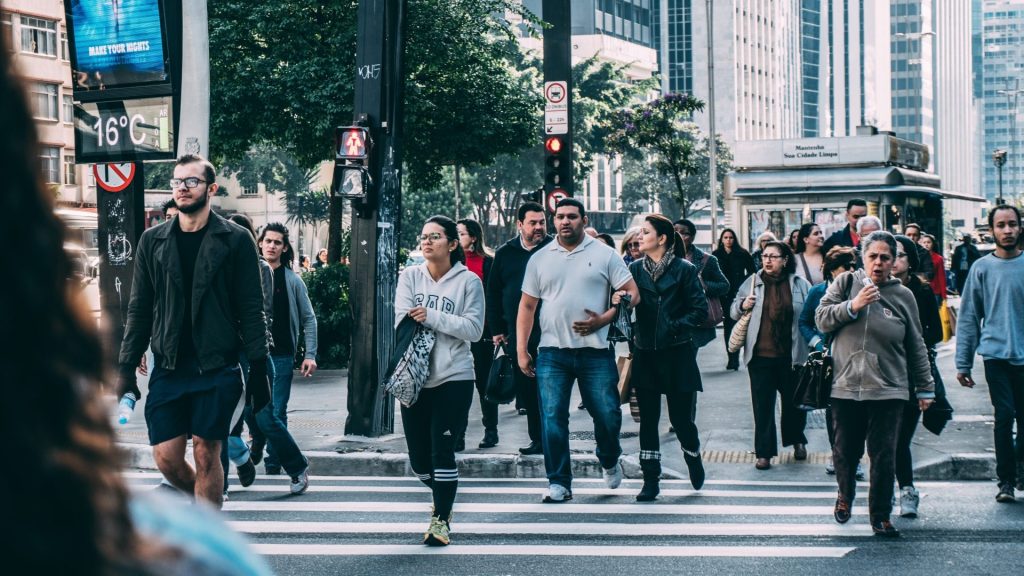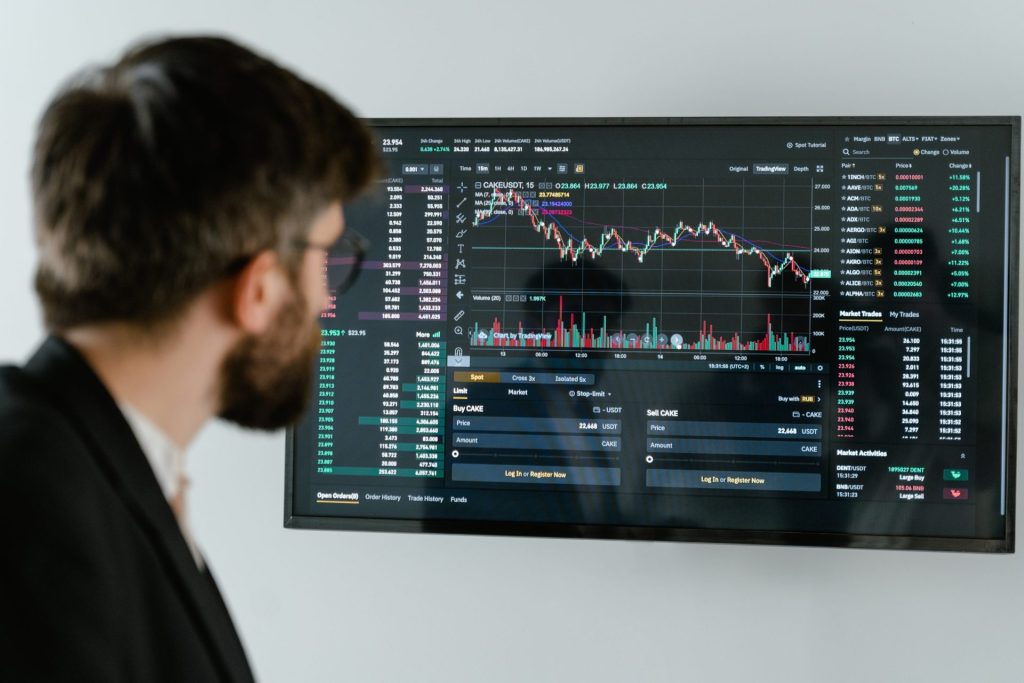BLOGS
Gross Regional Domestic Product: Everything You Need to Know
Gross regional domestic product, or GRDP, measures the total value of goods and services annually produced within a specific economy. Find out why this critical economic indicator is essential and whether it can help boost your investing success.
For businesses, Gross Regional Domestic Product (GRDP) is an important indicator to measure their business performance. As a business owner or manager, you will be interested in developing a better understanding of GRDP to make good decisions.
The GRDP reflects how much money people spend on goods and services in your region annually. It can be used as a proxy for total economic activity in an area over some time—and it’s essential to keep track of this information because it serves as one of the best indicators of financial health.
This article will tell you what you need to know about GRDP, including why it’s important and how it affects you.
What is Gross Regional Domestic Product?
Gross Regional Domestic Product, or GRDP for short, is defined by the Philippine Statistics Authority (PSA) as the aggregate Gross Value Added (GVA) of all regional resident producer units. It’s a way to measure a region’s economic health and identify areas with potential growth.
For example, if you live in a region with many factories producing cars and computers, your GRDP will likely be higher than in a region where most people work in service industries like restaurants or hotels.
PSA also states that the GRDP includes estimates on the three major industries. These primary sectors include Agriculture, Hunting, Forestry, fishing (AHFF), Industry, and Services. The government releases the GRDP every April and usually announces it at a press conference in all 17 regions.

What is GRDP in the Philippines?
In the April 28, 2022 edition of GRDP, it is reported that all of the economies in 17 regions of the Philippines have recovered from the 2020 pandemic. According to PSA, CALABARZON (Cavite, Laguna, Batangas, Quezon) had the fastest growth at 7.6%. Bangsamoro Autonomous Region in Muslim Mindanao (BARMM) and Cordillera Administrative Region (CAR) followed closely at 7.5 percent each. This marks a milestone for a country struggling to bounce back from one of the worst pandemics in history.
Regarding the three major industries that make up GRDP, the National Capital Region (NCR) topped the Services sector, CALABARZON topped the Industry, and Central Luzon topped the AHFF.
Gross Regional Domestic Product vs. Gross Domestic Product
It’s no secret that we’re living in an increasingly globalized world. But what does that mean for the way we measure our economies? And what does it mean for the way we think about our finances?
Gross Regional Domestic Product (GRDP) and Gross Domestic Product (GDP) are two ways to measure an area’s economic output or how much stuff an area produces. The difference between them is pretty simple: GDP accounts for all goods and services produced in a country, while GRDP accounts only for those goods and services produced within its borders. So if you live in Baguio City but buy all your clothes from Pampanga, then GRDP won’t include your purchases from Pampanga in its calculation of Baguio City’s economy—but GDP will.
Why is this important? Because it tells us something about how interconnected our economies are becoming—and what that might mean for regions’ ability to manage their affairs independently of one another.
How Do You Calculate GRDP?
As a general rule, when GRDP increases over time, people earn more money and spend it on goods and services in the region. This can lead to increased employment opportunities and higher tax revenues for local governments. However, this is only sometimes the case: some areas may see an increase in GRDP due to an influx of tourists or retirees who aren’t purchasing anything from local businesses.
GRDP is based on the concept of GVA of all resident enterprises, including taxes less subsidies on products not already in value of output according to the 2008 System of National Accounts (SNA).
The GVA constitutes the difference between output and intermediate consumption or production inputs excluding fixed assets, while gross output constitutes the value of goods and services produced by an establishment.
Measuring the gross value added by industries (or the economy as a whole) includes both the goods and services produced by organized and unorganized sectors. The organized Industry comprises establishments and government entities as output producers, whereas the unorganized sector includes non-members of the organized Industry who are also output producers—such as households.

GRDP: What It Means For You
If you’re interested in personal finance, self-improvement, or want to be a more competent citizen of the world, it’s worth looking at GRDP.
As an individual, you should care about GRDP because it shows how well your local economy is doing. If GRDP is rising, that means more people are earning more money—and there might be more opportunities for you to find a job or start your own business. If GRDP is falling, there are fewer jobs available and less money circulating in your community—which could impact the quality of life for everyone who lives there or works there.
GRDP is important for families for many reasons.
1. It shows how much the region you live in produces, which can help determine if the job market, housing prices, and general cost of living are good or bad.
2. It helps you see if your region is growing or shrinking, which can help you decide if it’s an excellent time to buy a house or take a new job in that area.
3. It helps you compare your region with others worldwide to see where it stands regarding economic strength and stability.
In other words, GRDP measures how much money is being made in your area—and it doesn’t just account for salaries and wages, but also things like rent, utilities, food sales, transportation costs – anything that contributes to your local economy.
Buying Real Estate In A Good Economy
The real estate market is constantly changing, but in this economy, there are some things to consider before you buy your dream Condominium in Baguio or a luxury condominium in Tagaytay.
Buying real estate when your region is performing well is a great idea, but it’s only for some. If you’re considering investing in house and lot properties for sale or luxury houses in the Philippines, there are a few things you should consider.
First, ask yourself why you want to buy. If it’s solely for investment purposes, you should hold off on making an offer until the market cools down. Right now, it’s too hot to handle!
Second, decide whether or not the location of your home, such as Brittany Homes, will be worth the investment. If you live in a small town, but the real estate market is booming too—and many buyers are looking for homes—you’ll need to be prepared for competition and higher prices.
Thirdly, remember the location! You might have a great deal on a fantastic house in one part of town, but if it’s far away from everything else (or inaccessible because of traffic), that isn’t a good idea after all.
Investing in real estate is a long-term strategy that lets you benefit from any market conditions—it just depends on what type of property you’re looking for and how quickly you want to get into it. Check out Brittany Corporation and find out what properties you might be interested in investing in.

Final Thoughts
When you look at the GRDP of the Philippines, you can see much growth happening in the country. The government is doing a great job at making sure that development is sustainable, and it’s clear that there are many exciting opportunities for people who want to work in the Philippines.
With a strong economy comes great opportunity—not only for individuals but also for entire nations. The Philippines is an excellent example of how one country can use its resources to become an economic powerhouse within its region.
Suggested Read: The Importance Of Domestic Interest Rates Forecast For 2022
Suggested Read: Effects Of Importation To The Philippine Economy
Suggested Read: Ways To Keep Safe At Home In The New Normal
Suggested Read: 5 Luxury Goods Worth Investing In
Suggested Read: The Best Wine For Every Occassion















